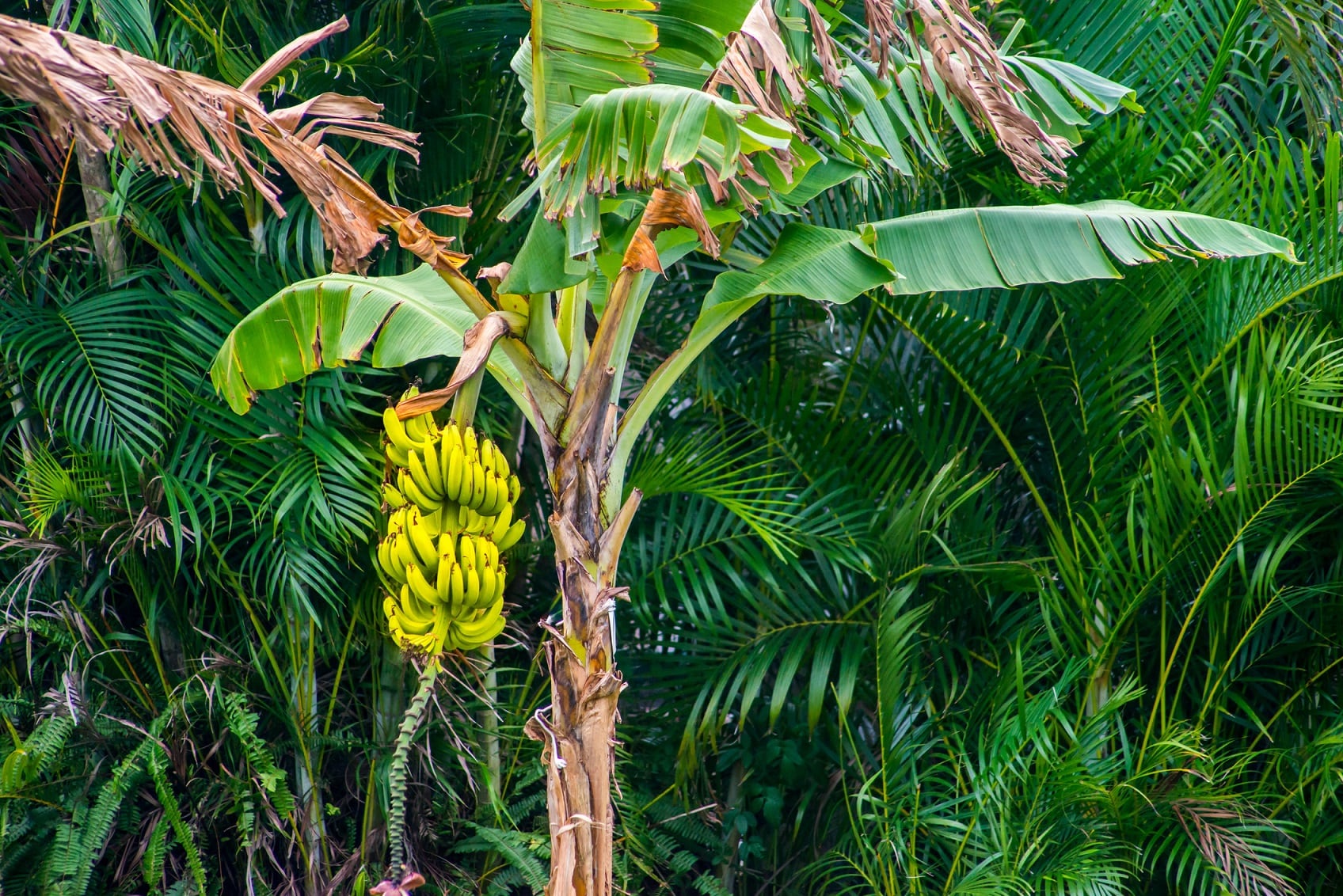Conceived by Paula Facó, a student at the Ivens Dias Branco School of Social Gastronomy, the idea stemmed from a desire to create an alternative to single-use plastics using natural materials.
“Studying gastronomy goes far beyond putting a tasty dish on the table. We need to understand who produces the food, how it comes to our homes and what we do with the waste from planting,” Facó told FoodNavigator-LATAM, emphasizing her interest in a circular economy and sustainable production processes.
Supported by her school, she partnered with mentor Adriano Mattos, a PhD in Materials Science and Engineering of the Tropical Agroindustry unit of the Brazilian Agricultural Research Corporation (Embrapa). Its Biomass Technology Laboratory focuses on developing new materials, biopolymers, composites, molecules and energy made from agricultural and agro-industrial waste - primarily lignocellulosic waste, fish industry waste and bacterial cellulose.
“The first time I entered one of Embrapa's labs it was like being in a movie,” Facó said with a laugh. “Adriano helped me in all the processes and became indispensable for the realization of the dish.”
The prototype took seven months to develop through trial and error. Initially the lab partners worked with banana leaves but finally settled on three layers of banana pseudostem - the trunk-like part of the plant formed by tightly packed overlapping leaf sheaths. These were then glued together with a cassava starch adhesive and pressed into a mold. Although fully compostable, the starch glue makes them single-use only.
Facó says the next steps are to improve the results achieved and explore banana pseudostem and clay as materials for utensils.
Banana waste as raw material
The agricultural residue for the project came from the state of Ceará, where the banana is one of the largest crops and produced on most small farms.
What’s more, a banana plant yields fruit only once in its life cycle, generating a large amount of waste in the process, made up of pseudostems, stems and leaves.
“There are over 35,000 hectares [in Ceará], which produce almost 500,000 tons of bananas a year. But two times this amount stays in the field after harvesting as waste,” Mattos pointed out.
If left to decompose or burn, this waste generates greenhouse gas emissions, but upcycling has shown to be viable in the production of other materials like banana fiber yarn for sustainable textiles, nano-cellulose film for food packaging and even bioenergy to meet electrical and bioethanol demands.
In Ceará, Mattos says the pseudostem processing technology could provide an additional source of income for small farms.

